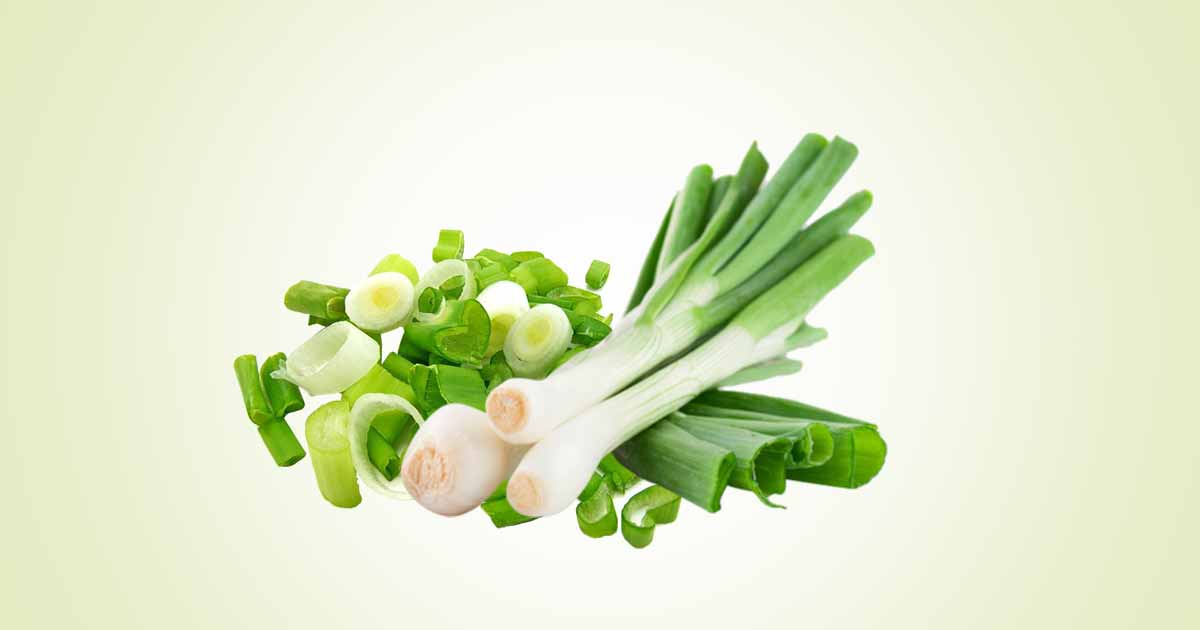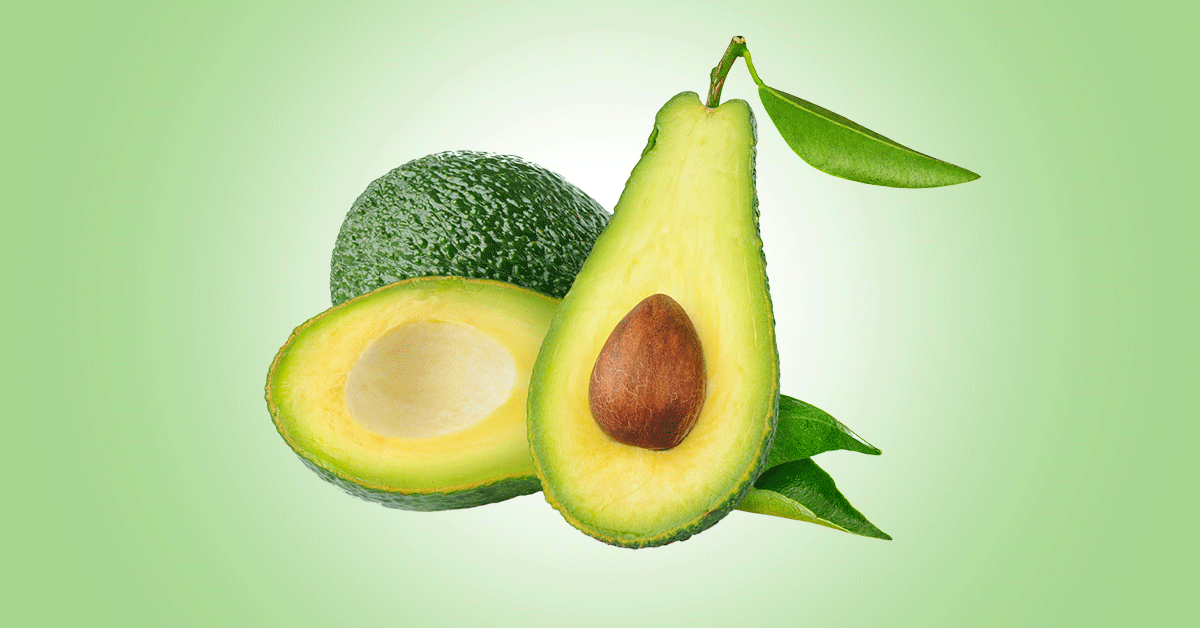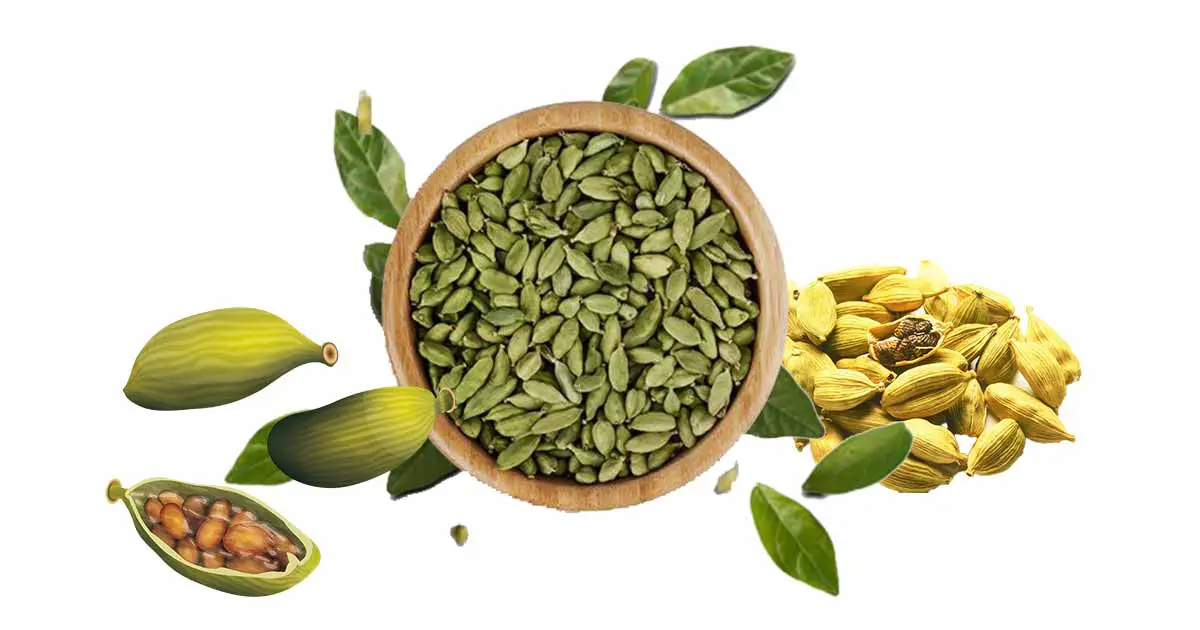Scallion also called green onions, salad onions, spring onions, or green bunch onions are a vegetable of the Alium onion species harvested at the immature stage before the bulb fully develops. It has a white base that did not fully develop into a bulb, and long green stalks. The white part has more flavor than the green part.
Scallion has a milder taste than most onions, and also lacks a fully developed bulb. Though the plant grows all year, it peaks in spring and summer. Scallions are related to species such as garlic, shallot, Chinese onions, leek, chive.
Scallions can be cooked, used raw in salads, salsas and man Asian, Southeast Asian and Latin recipes. It is also used in processed foods where it is preserved by canning, freezing, or dehydrating.
China is the world’s largest producer of all onions, followed by India, the United States, Turkey, and Pakistan. Onions varieties can be classified as short-day or long-day, depending on the length of hours of daylight in the region it is planted.
Short-day varieties form bulbs when exposed to about ten hours of daylight. Long-day varieties need at least 14 hours of daylight to become bulbs. Scallions or green onions are not produced from the short-day varieties because they form bulbs too quickly. Rather, long-day varieties, such as Sweet Spanish or Southport White Globe, are used. They can be harvested at the green stage, or left to mature to form full bulbs in regions with long growing days.
Many hybrids of green onions are got from crossing Allium cepa with A. fistulosum, the non-bulb-forming Japanese bunching onion. The varieties resist bulb formation.
Other Varieties of Green Onions or Scallion
- Another species called Alium fistulosum, or the Welsh onion, bunching onion, Japanese bunching onion or long green is also a type of scallion. It has similar taste and odor to the common onion.
- Allium chinense, also called Chinese onion, Japanese scallion, Oriental onion, glittering chive, Chinese scallion, or Kiangsi scallion.
Differences between Green Onions, Scallion and Spring Onions
Green onions, scallion, and spring onions are exactly the same. The only difference is that spring onions have the immature white bulb at the base, while green onions and scallions do not grow bulb. Also, spring onions have a stronger flavor.
Constituent
A 100g of the tops and bulb of a spring onions or scallion, contains 89.8 g of water, 32 kcal of energy, 7.34 g of carbohydrates, 2.6 g of dietary fibers, 1.83 g of proteins, 2.33 g of sugars, 0.81 g of ash, and 0.19 g of fats.
Minerals: Green onions has high potassium (276 mg), calcium (72 mg), phosphorus (37 mg), and magnesium (20 mg). Other minerals include sodium, iron, copper, zinc, manganese, selenium.
Vitamins: Vitamin C (18.8 mg), folate, choline, thiamine, riboflavin, niacin, pantothenic acid, vitamin B-6, vitamin A, E, K, beta-carotene, lutein + zeaxanthin.
A. fistulosum leaf extract contains
- Flavonoids: apigenin, myricetin, quercetin, rutin, kaempferol, naringenin and hesperetin
- Polyphenols: benzoic acid, salicylic acid, ferulic acid, caffeine, p-coumaric acid, coumarin, vanillic acid, gallic acid and cinnamic acid
- Other compounds: kujounin A3, kujounin B1, kujounin B2, kujounin B3, allium sulfoxide A2, allium sulfoxide A3, kujounin A1, apigenin (4′,5,7-trihydroxy-flavone), dichloroacetic acid, 1-buten-3-yne, 1-chloro-, (Z)-,-pinene, D-limonene, thymol, onionin A1, onionin A2 and onionin A3.
Health Benefits of Spring Onions
Antioxidant: Flavonoids such as quercetin, myricetin, kaempferol, apigenin, and other polyphenols, vitamin C are powerful antioxidants. These compounds are free radical scavengers and prevent diseases such as cancer, cardiovascular diseases, and neurodegenerative diseases.
Anticancer effect: Most Alium species have antitumor effect. They prevent the formation of cancer cells in the body.
Anti-inflammatory effect: The leaf extracts of green onion exhibited anti-inflammatory activity in carrageenan-induced paw edema. It prevented the development of paw edema due to the antioxidant activity.
It could be helpful in inflammatory conditions such as osteoarthritis and rheumatic arthritis, and also common asthma and influenza.
Prevents obesity: With low calories, and high dietary fiber, it can lower cholesterol and keep our weight under control.
Protect against heart diseases: Green onions have high antioxidant, dietary fiber, and potassium content. These compounds prevent heart diseases such as high blood pressure, stroke.
Antimicrobial action: Alium species exhibit antibacterial and antifungal activities against many pathogenic bacteria (S. aureus, B. cereus, P. aeruginosa, E. coli) and fungi (Trichphyton rubrum, Aspergillus niger, Microsporum canis, Candida albicans, Fusarium lini) which can cause diseases in the body.
Digestive effect: With a high amount of dietary fiber, spring onions could help to add bulk to the stomach, and keeps the digestive system good. It also prevents constipation, irritable bowel syndrome (IBS), diverticulitis.
Antiplatelet activity: The extract exhibited antiplatelet activity and inhibit platelet aggregation.
Green Onions and Hepatitis A Contamination
In November 2003, a foodborne hepatitis A outbreak occurred in the U.S. The outbreak was traced to green onions from a farm in Mexico. Hepatitis A virus (HAV) can cause serious liver disease and, rarely, death in humans.
References
- http://www.wifss.ucdavis.edu/wp-content/uploads/2016/10/GreenOnions_PDF.pdf
- https://www.nj.gov/agriculture/farmtoschool/documents/seasonality-chart/F2S%20Scallions.pdf
- https://www.ncbi.nlm.nih.gov/pmc/articles/PMC8659087/
- https://www.rjpbcs.com/pdf/2017_8(2)/[205].pdf
- https://fdc.nal.usda.gov/fdc-app.html#/food-details/170005/nutrients












